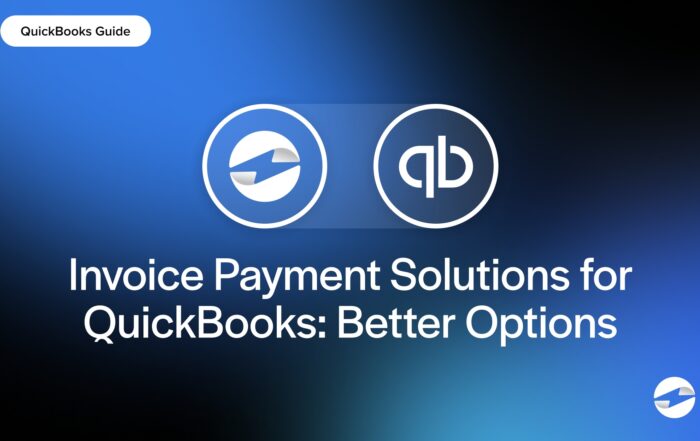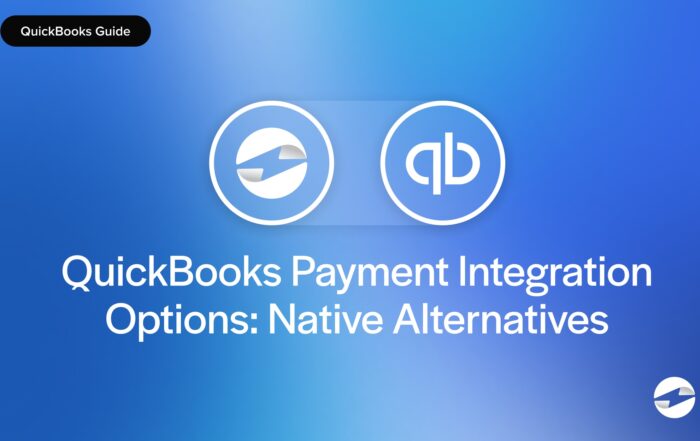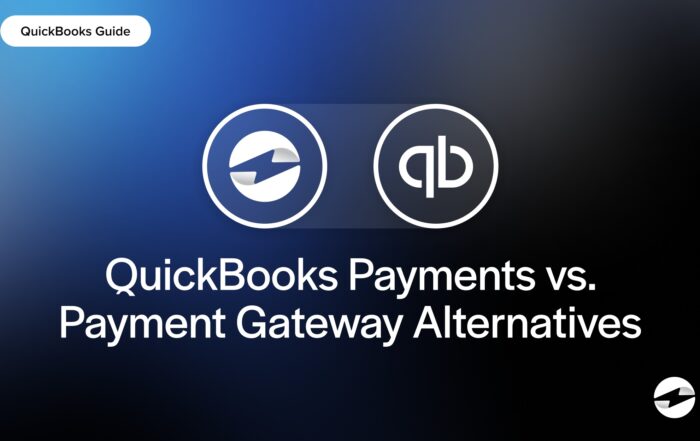What is a high-risk merchant account?
A high-risk merchant account is a payment processing account for businesses that banks and payment processors consider riskier. These businesses have higher chargeback rates, operate in regulated industries, or have financial instability. Due to the increased risk and financial cost, high-risk merchants pay higher fees with stricter contract terms. Often, the cost of managing high-risk accounts outweighs the extra fees assigned, making the accounts less profitable overall.
Key Points
- High-risk accounts are for businesses with more financial risk due to chargebacks, regulations or high-ticket sales.
- Common high-risk industries are gambling, CBD, travel, and subscription services.
- Specialized payment processors are required with higher fees, stricter terms, and risk assessments.
What is considered a high-risk merchant?
A business can be classified as high-risk for several reasons:
- Frequent chargebacks or fraud: If a business has a high volume of chargebacks or fraud attempts, payment processors see it as a liability, as this can result in direct financial loss.
- Operating in a regulated industry: Sectors like gambling, adult entertainment, and CBD sales often require special licensing, making them riskier. These sectors can also damage your reputation and deter future customers from aligning with your brand if you align with too many controversial industries.
- Selling high-ticket items: Businesses selling expensive products (e.g., luxury goods or travel packages) are more prone to fraud and refunds.
- New or international businesses: Startups or companies processing payments in multiple currencies may be flagged as high-risk.
- Poor credit history: If a business or its owner has a bad credit history, processors may classify it as high-risk.
High-risk businesses need to understand why they’re classified this way and take proactive steps to minimize these risks.
High-risk merchant list (common industries)
Some industries raise more concern when it comes to payment processing. These businesses often face higher risks due to the nature of their business. Here are some of the most common industries that often fall under the “high-risk” label:
- Gambling and gaming
- Adult entertainment
- CBD, vape, and cannabis products
- Travel and ticketing services
- Cryptocurrency and forex trading
- Subscription-based businesses
- Tech support services
- Nutraceuticals and supplements
- Debt collection agencies
- Firearms and ammunition sales
If your business operates within one of these categories, you’ll likely need a payment provider that is open to or specializes in high-risk processing to keep things running smoothly.
How to get a high-risk merchant account
If your business falls into the high-risk category, securing a merchant account might seem a bit more of a challenge (because it is). While maybe slightly more difficult, it is still achievable. Here’s how to get started:
- Find a High-Risk Payment Processor – Not all providers accept high-risk businesses, so research and choose a processor that handles high-risk industries.
- Gather Required Documents – Most providers will ask for business licenses, financial statements, processing history, and identification to assess your risk level.
- Submit an Application – Complete the processor’s application form, providing accurate business details and documentation.
- Undergo Risk Assessment – The provider will review your financials, industry type, and chargeback history to determine approval terms.
- Review Contract Terms – If approved, review the fees, rolling reserves, and contract length before signing.
- Set Up Payment Processing – Once onboarded, integrate the provider’s payment gateway and security tools to start accepting payments.
While securing a high-risk merchant account may require a few more steps, the right payment processor can make it a lot easier. By staying organized, understanding the terms, and actively managing risks, you can build a solid, reliable payment system that helps your business thrive, even in high-risk industries.
Which one do you need?
Deciding whether you need a high-risk or low-risk merchant account comes down to your business’s profile. A high-risk merchant account is likely the way to go if you operate in a regulated industry, deal with high-ticket sales, or face frequent chargebacks. On the other hand, if you run a low-volume business with minimal disputes, a low-risk account will offer you better rates and fewer restrictions.
High-risk vs. low-risk merchant accounts
| Feature | High-Risk Merchant Account | Low-Risk Merchant Account |
|---|---|---|
| Processing Fees | Higher (3-5% per transaction) | Lower (1-3% per transaction) |
| Chargeback Tolerance | Low tolerance (1% max) | More flexibility |
| Approval Process | Stricter, requires more documentation | Easier, faster approval |
| Rolling Reserves | Often required (e.g., 5-10% of revenue held for 6 months) | Usually not required |
| Contract Terms | Longer contracts with penalties | Flexible, month-to-month options |
| Industries Served | High-risk industries like gambling, CBD, travel, and forex | Retail, restaurants, professional services |
| Fraud Prevention | Enhanced security tools required | Standard security measures |
| Chargeback Protection | Often required | Optional or minimal requirements |
Getting the correct merchant account involves more than just choosing a provider. It requires gathering the right documents, understanding the associated costs, and ensuring your business maintains a strong financial standing. By keeping chargebacks under control and being proactive about financial management, businesses in high-risk categories can secure better terms when looking for payment processing services.
You May Also Like
Read More
Read More
Read More
Read More



